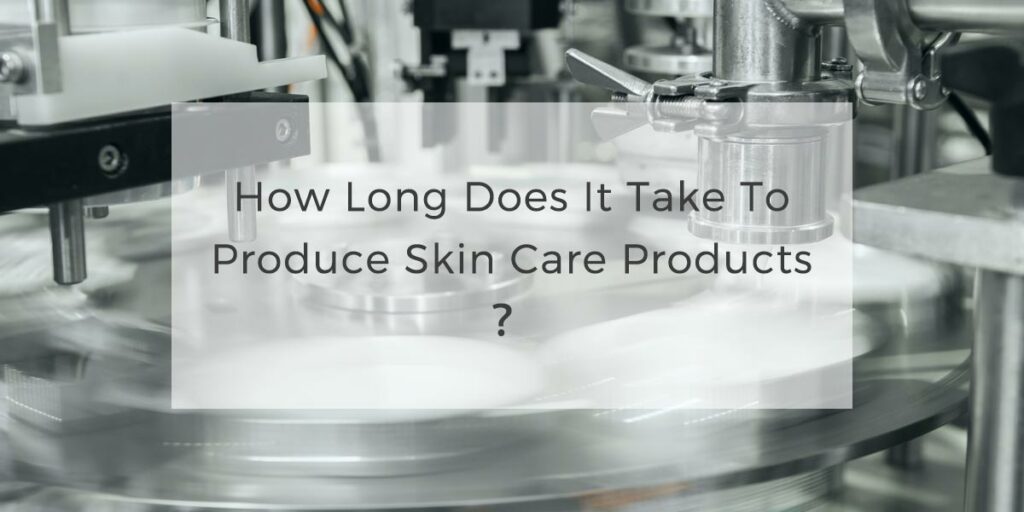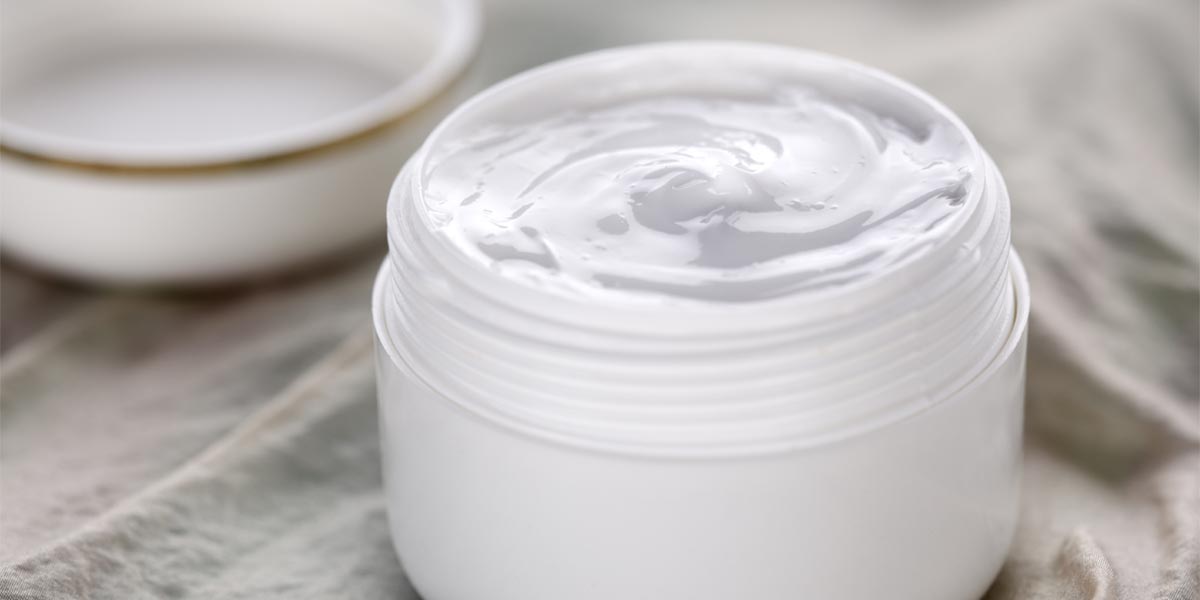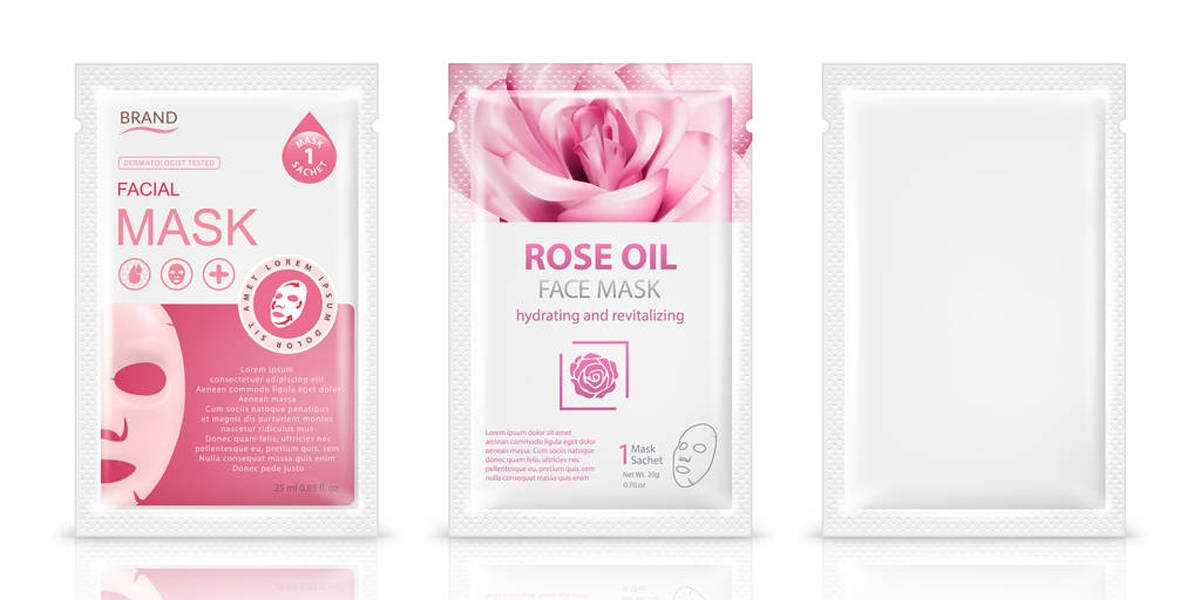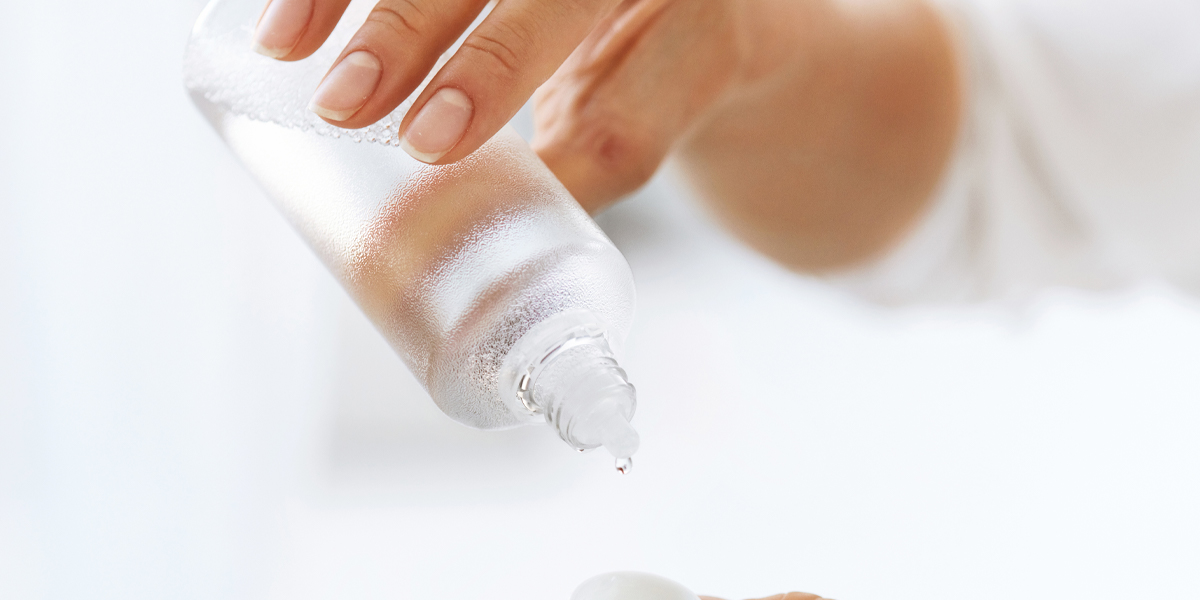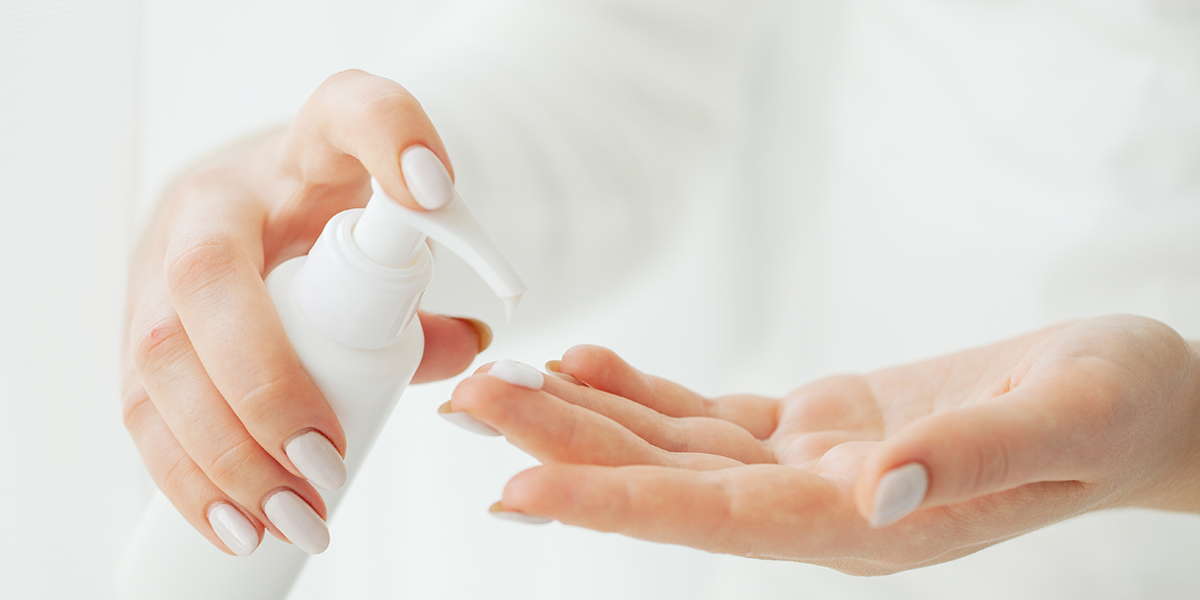The production time of skin care products depends on multiple factors, including product type, production scale, process complexity, raw material supply chain, etc. Now I will introduce the aging effect of each different product separately:
Creams
Research and development stage: The first is the product development stage, including formulating formulas, determining ingredients, testing stability and effects, etc. The length of this phase depends on the complexity of the product and can take anywhere from weeks to months.
Raw material procurement: Producers need to purchase raw materials, which may involve negotiating with suppliers, signing contracts, and ensuring raw material quality. The timing of raw material procurement depends on the efficiency of the supply chain and the availability of raw materials.
Production process: The process of producing cream includes mixing, heating, cooling, filling, and other steps. The time of this stage depends on the efficiency of the production line and the complexity and scale of the process.
Quality control and testing: During the production process, quality control and testing are required to ensure that the product meets standards. This includes testing of ingredients, stability, safety, etc.
Packaging and label design: The design, manufacture, and application of packaging and labels also take a certain amount of time. The appearance and packaging of a product are key factors in attracting consumers.
Packaging and finished product storage: Finished products need to be packaged and then stored under suitable conditions to ensure product quality and stability. Packaging and storage time depends on the speed of the production line and the complexity of the packaging.
Marketing: Once the product is produced, it may take time to market, establish sales channels, and launch the product. The timing of this stage depends on the marketing strategy and promotion plan.
Overall, the production cycle for cream products can range from a few months to more than a year, depending on the interaction of several factors. Manufacturers often strive to improve efficiency and shorten production cycles to get products to market faster.
Facial Masks
R&D stage: Formulate the mask, select ingredients, conduct stability testing, and effect evaluation.
Raw material procurement: Purchase raw materials for making facial masks, including facial mask fabrics, active ingredients, moisturizers, etc.
Production process: The production process includes mixing, coating, packaging, and other steps. The specific process depends on the product type and factory equipment.
Quality control and testing: Quality control and testing are performed during the production process to ensure that the mask meets standards.
Packaging and Label Design: Design, manufacture, and apply product packaging and labels.
Packaging and Storage: Finished products are packaged and stored under appropriate conditions to ensure product quality and stability.
Marketing: bringing products to the market, conducting marketing, establishing sales channels, and launching products.
The specific production cycle will vary depending on the equipment, process flow, and scale of the factory. If you are a skincare product manufacturer, it is recommended to consult your production team or the manufacturer you work with to get detailed information for your specific products.
Toner
R&D stage: Formulate the toner, select ingredients, conduct stability testing, and effect evaluation. This stage can take anywhere from weeks to months.
Raw material procurement: Procurement of raw materials used to make toner, including water, active ingredients, moisturizers, etc. The timing depends on the efficiency of the supply chain and the availability of raw materials.
Production process: including mixing, stirring, filtering, canning, and other steps. The time of this stage depends on the efficiency of the production line and the complexity and scale of the process.
Quality control and testing: Quality control and testing are performed during the production process to ensure that the toner meets standards. This includes testing of ingredients, stability, safety, etc.
Packaging and Label Design: Design, manufacture, and apply product packaging and labels. Packaging is usually designed with product appeal and user experience in mind.
Packaging and finished product storage: Finished products need to be packaged and stored under appropriate conditions to ensure product quality and stability. The time of this stage depends on the speed of the production line and the complexity of the packaging.
Marketing: bringing products to the market, conducting marketing, establishing sales channels, and launching products. The timing of this stage depends on the marketing strategy and promotion plan.
Overall, the production cycle for toners can range from a few months to more than a year, depending on the characteristics of the product and market requirements. Manufacturers often strive to improve efficiency to shorten production cycles and get products to market faster. If you are a skincare product manufacturer, it is recommended to consult your production team or the manufacturer you work with to get details specific to your specific product.
Lotion
R&D stage: Formulate the emulsion, select ingredients, conduct stability testing, and effect evaluation. This stage can take anywhere from weeks to months.
Raw material procurement: Procurement of raw materials used to make lotions, including lotion bases, active ingredients, moisturizers, etc. The timing depends on the efficiency of the supply chain and the availability of raw materials.
Production process: including mixing, stirring, emulsification, canning, and other steps. The time of this stage depends on the efficiency of the production line and the complexity and scale of the process.
Quality Control and Testing: Quality control and testing are performed during the production process to ensure that the lotion meets standards. This includes testing of ingredients, stability, safety, etc.
Packaging and finished product storage: Finished products need to be packaged and stored under appropriate conditions to ensure product quality and stability. The time of this stage depends on the speed of the production line and the complexity of the packaging.
Marketing: bringing products to the market, conducting marketing, establishing sales channels, and launching products. The timing of this stage depends on the marketing strategy and promotion plan.
Overall, the production cycle for lotions can range from a few months to more than a year, depending on the characteristics of the product and market requirements. Manufacturers often strive to improve efficiency to shorten production cycles and get products to market faster. If you are a skincare product manufacturer, it is recommended to consult your production team or the manufacturer you work with to get details specific to your specific product.
